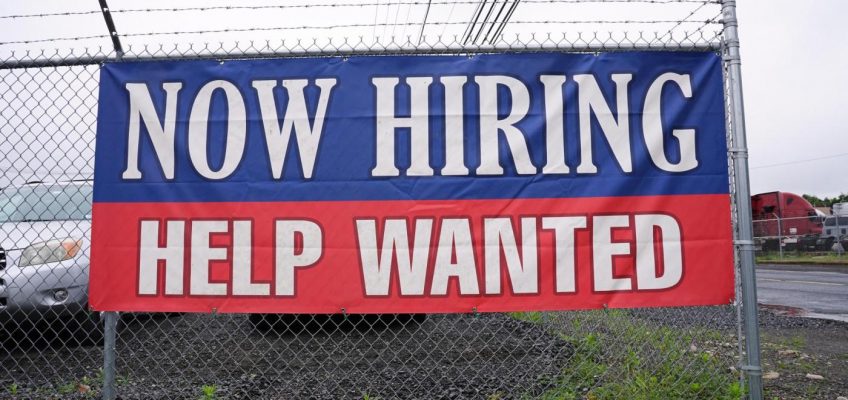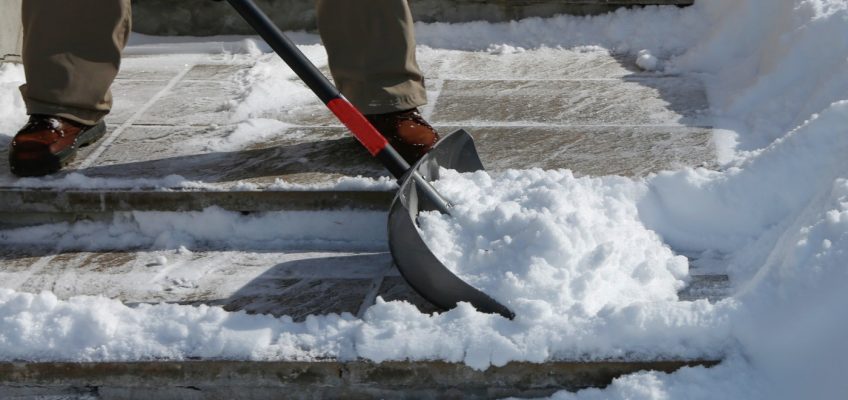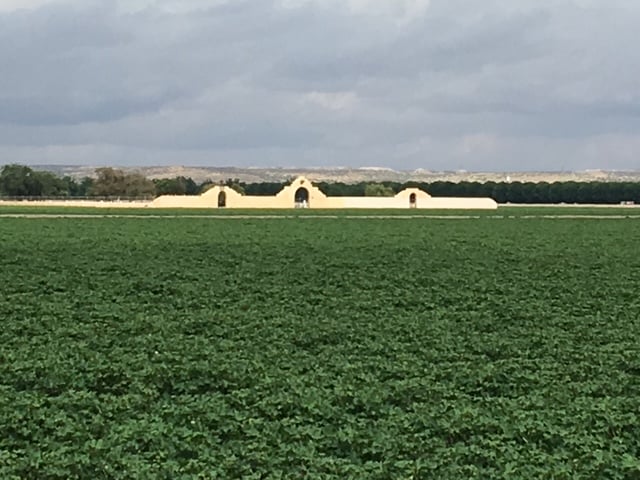My dad’s list is short and simple. He loves the Marines, his grandsons, menudo on Sundays, and Clint. If pressed, he’ll own up to loving the Cowboys but admits they’ve lost much of his admiration, largely thanks to Jerry Jones. It’s best not to get him started on Jerry Jones.
Daddy is a sentimental man plagued with nostalgia for his hometown: Clint, a hamlet of about 1,000 Texans just downriver from El Paso. He reminisces about picking cotton as a boy with his siblings, baling hay with his dad, Sunday church, and cruising the back roads of the neighboring farm towns.
Eighty-seven years old now, Daddy still sees Clint as it was when he was growing up. He sees cotton fields, pecan orchards, irrigation canals (where he played and learned how to swim), Don Poli’s corner store, the San Lorenzo Church, and those dirt roads. He remembers the train blocking the main road in the heart of town during the most inconvenient times, and a tractor further slowing that same traffic when all anyone wanted was to get home.
Daddy doesn’t live in Clint anymore. He’s in an assisted living facility in the city, El Paso, but he visits for family gatherings. Each time, he asks his daughters “¿Mijas, y mi pueblo?” Without fail, he wants to know what has happened to his town.
(Courtesy/Christina Franco)
He sees that many of the cotton fields are now housing developments. He remembers the farmers who used to own the land, their fields now rows of cookie-cutter homes. He recalls the braceros who worked the fields as they tried for a better life. He can still point to an old adobe bracero house, now crumbling because of neglect, and tell us who lived there.
Daddy hearkens back to his own blood and sweat working in the fields. He remembers his aching back, battered hands, and sore knees. I don’t have to look too closely to recognize the scars of years of manual labor on his now-wrinkled hands.
He also sees the for-sale signs on some of the farms that remain. We talk about how the farmers he knew had to sell. He tries to understand the reasons. We talk about climate change and the lack of water. We discuss the younger generations not wanting to farm anymore. We talk about how it’s difficult for them to find work and how costs are too high. Always, he loses his train of thought and tells me about the old owners who could speak Spanish just as well as the braceros. “Es verdad, mija, igual como nosotros.”
And so Daddy worries. He worries about Clint. He worries about the families still trying to farm there. He worries about the people who live in Clint who stay because they prefer small-town life, many of them in Clint because their parents and grandparents had lived there too. Daddy notices pecan orchards being sold off for industrial parks. He sees the empty warehouses surrounding the town, recently built but not yet leased. And he wonders what purpose they serve when the pecan trees are now gone.
Daddy reminds me that trees bear witness to all of Clint’s residents and their stories. To him, they are his contemporaries and share his experiences.
I tell Daddy that Clint is experiencing what so many rural towns in America are experiencing. I tell him about the millions of acres of farmland lost to development over the past few years, and how recent studies estimate that nearly 300 million acres of farmland across America will change hands in the next two decades. I tell him about the ever-expanding footprint of urban development. I tell him how younger generations want to move to urban areas. I try to comfort Daddy by telling him Clint isn’t alone. It doesn’t matter, though. “Mija, solamente me importa Clint.”
I’ve inherited many things from my father. I have his terrible eyesight and his gray hair. I have his stubbornness and need to share unsolicited opinions. We both love Vicente Fernández and Mariachi Vargas de Tecalitlán. We were die-hard Cowboys fans back in the day. We both enjoy the drum beats of the matachines as they dance at the San Lorenzo Fiesta in August. We love the gorditas the old ladies expertly make, their hands masterfully shaping the masa. We like chicken on the disco (tractor disk) and homemade chicharrones.
I’ve long shared my dad’s love of Clint and the nostalgic lens through which he views the town. Growing up, I got to see it more like how it existed when my dad was young. I cruised the same dirt roads he cruised as a teen pachuco. I looked forward to my drive home from college or work, getting off I-10 at the Clint exit and driving down toward North Loop, the lush green welcoming me home, an oasis in the desert.
I, too, worry about the disappearing farmland. What will happen once those orchards on North Loop are sold for another massive, sterile, industrial park? I’m heartened when I see a new pecan grove being planted, like the one on Fenter Road. But young orchards are rare now. I make sure to point to that grove on Fenter when Daddy gets misty-eyed.
These days, more and more Town of Clint meeting agendas contain items for discussion that deal with new developers and their plans for this small town. Many residents share my and Daddy’s concerns that the Clint they love will soon be totally paved under and built over.
My family has resided in Clint since the early 1900s. Many family members have moved on, but many remain. Those who have moved on still visit, usually for the San Lorenzo Fiesta, and feel like they’ve come home. Those of us who’ve stayed are fighting to keep Clint as a place they’ll recognize.
It may be nostalgia motivating us. Sentimentality in overdrive. But for me, it’s how I honor my dad, the salty Marine who no doubt adds the word Clint after God, Country, and Corps.
The post ‘Mija, Solamente Me Importa Clint’ appeared first on The Texas Observer.



